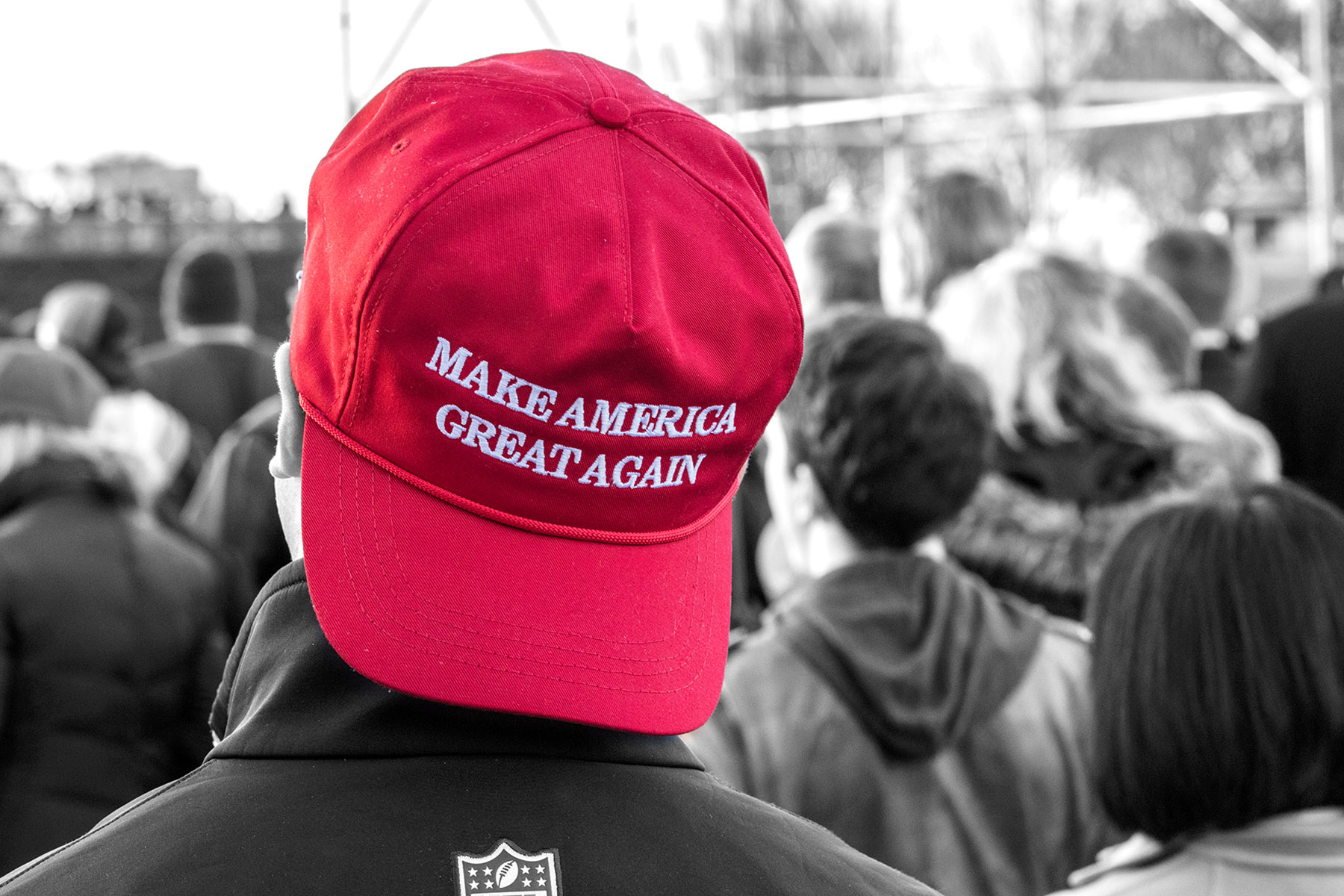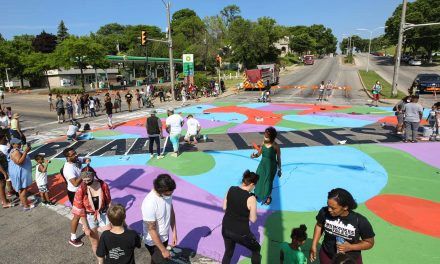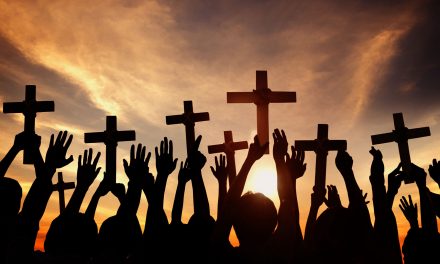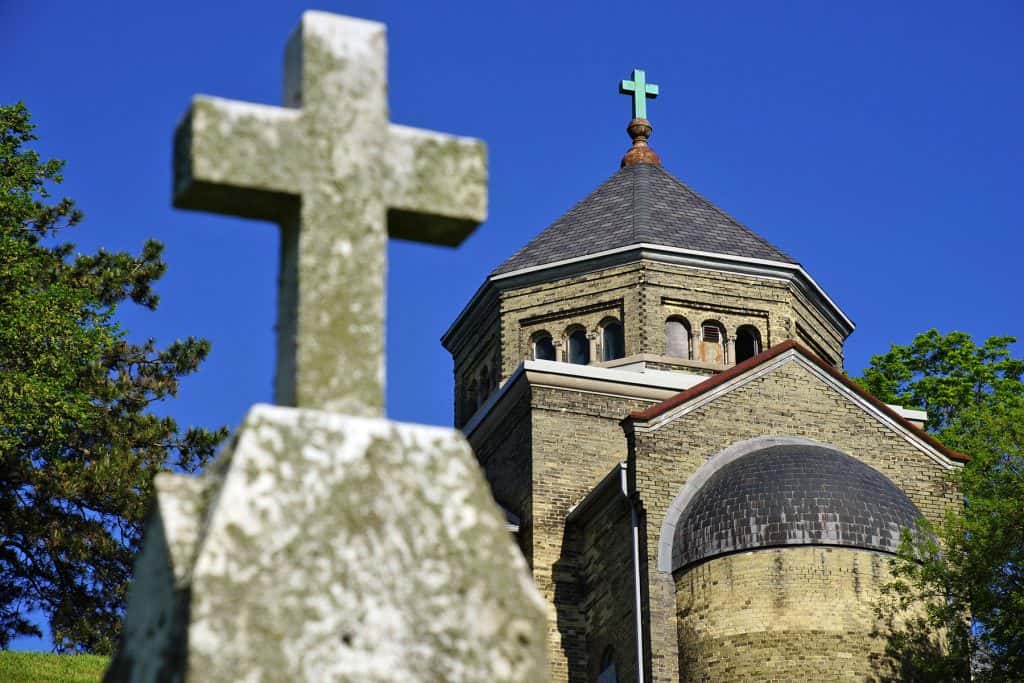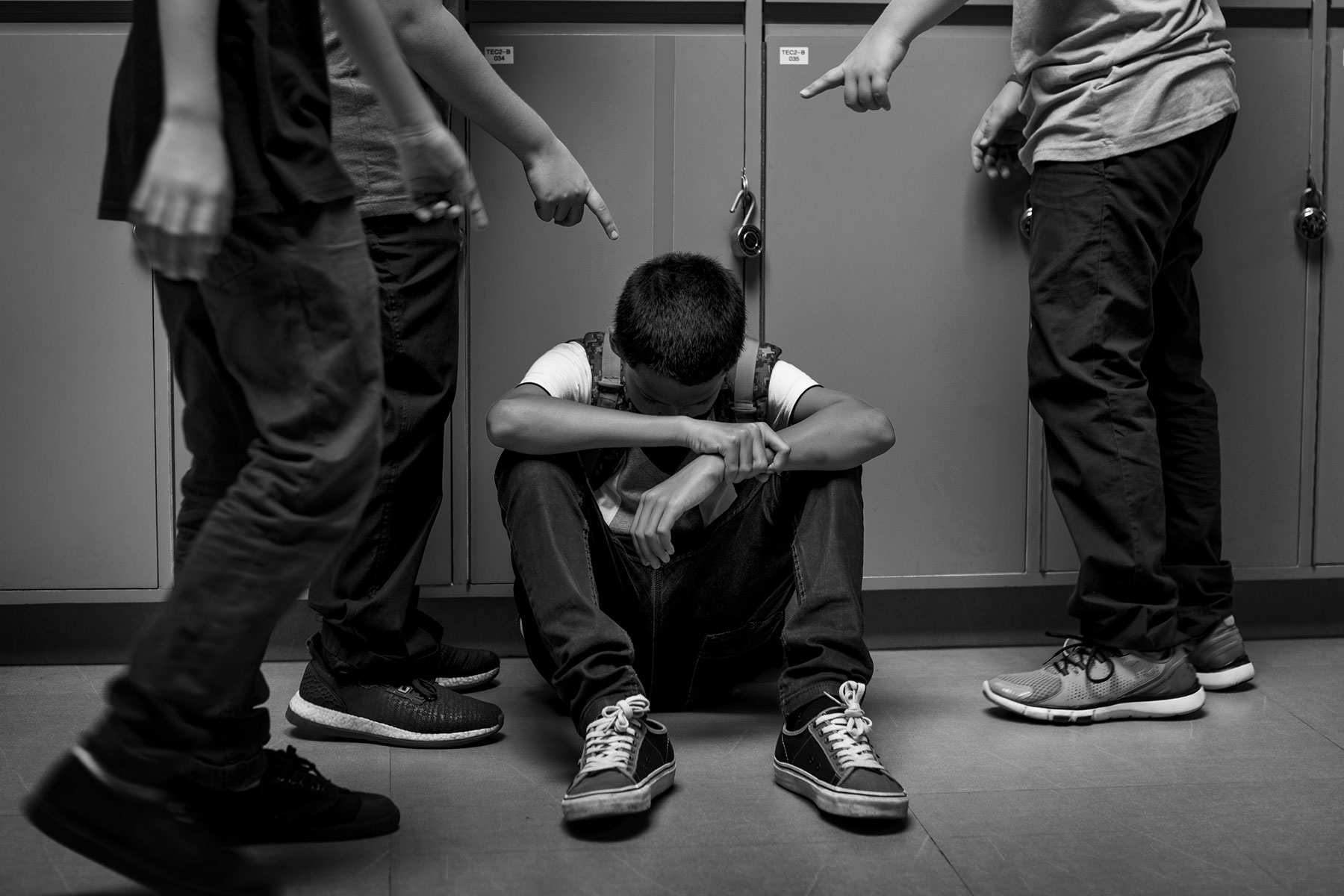
“In just the past month, the following incidents have made the news: a black mother and her 5-year-old daughter were harassed by a white man in California who was worried about diseases in a hotel pool; a white woman assaulted a black teen at a community pool in South Carolina; a white man was fired from his job after a video of him questioning whether a black woman had the right to use a private North Carolina neighborhood pool even though she did; a Tennessee woman was fired after she called the police on a black man wearing socks in an apartment complex’s pool.”
– Julia Pimentel
This latest incident clearly shows the reality that white people apparently believe Jim Crow is still alive and well. Shayne Holland a black man in Indianapolis, Indiana was accosted by a white off duty police officer as he tried to use the swimming pool in his apartment complex. He was forced by the manager of the complex to leave the pool after the woman complained.
These kind of incidents remind me of my childhood growing up in a small Mississippi town that always had two separate swimming pools. One pool was for whites-only and another that my friends, family members, and I swam in was for blacks-only. I do not recall there being a sign on either pool but we all knew which pool to swim in. What seemed so normal at that time in the late sixties and early seventies is still normal in my hometown today. They still have segregated high school proms all these years later.
Unless you have been living under a rock, you have heard about the dozens of incidents lately where white people call the police on black people around the country. You have seen an eight-year-old harassed by a white woman for selling bottled water. It addition to this, you have probably seen several viral videos of white people spouting off racist epithets at a variety of people of color as well.
An angry white bigot who, apparently had no clue that Puerto Rico is a part of the United States of America, harassed a Puerto Rican woman wearing Puerto Rican flag shirt. He harassed here saying, “You’re not American, if you were American you wouldn’t wear that. You know that right?” Perhaps the nation’s horrible response to Hurricane Maria convinced him that Puerto Ricans could not possibly be American citizens.
People are blaming all of this resurgence of openly hostile racism on President Donald Trump. I have heard people say that he has made it okay to be racist again. Many consider Trump’s “Make America Great Again” slogan a code for “Make America White Again.” Even though it has never been fully white, some are under the impression that this country was founded by whites, for the benefit of whites, and they want to revisit what they consider the “good ole days” when white people controlled the spaces people of color could occupy.
Many people are acting surprised at this surge in open expressions of racism. “I can’t believe this is happening in 2018,” I have heard people say. Well, guess what? You better believe it. This change in the dynamics of racism has shown the utter ridiculousness of the idea that America is “colorblind.”
In 1995, Bombay, India born Dinesh D’Souza had the audacity to publish a book called “The End of Racism.” In this book, D’Souza went out of his way to convince readers that racism was dead, that black people’s claims of racism in America were unfounded, and that slavery was apparently good for black people in many ways. The book was exceptionally popular even though it was lambasted by critics around the country.
After the 2008 election of Barack Obama, people shouted from rooftops that we had reached the place where America was finally a colorblind nation, living up to the ideals of Dr. King’s “I Have A Dream speech.” I cautioned people back then to not be deceived. Racism does not just go away. It is in the fabric of America. It is embedded into nearly all of our powerful and important institutions. Eduardo Bonilla-Silva warned us about the deception of colorblindness with his acclaimed book, “Racism without Racists: Color-Blind Racism and the Persistence of Racial Inequality in the United States.” He exposed the arguments supporting an idea based on the fallacy of colorblindness.
Bonilla-Silva says, “Most whites believe that if blacks and other minorities would just stop thinking about the past, work hard, and complain less – particularly about racial discrimination, then Americans of all hues could “all get along.” For most of America’s long history, whites spewing racial epithets and disrespectful language towards non-whites was not out of the norm. Expressions of the inferiority of blacks, Latinos, Asians and Native Americans were considered by most whites to just be the facts of life.
It appears these types of feelings are coming to the surface again. Some whites are expressing these views openly again. What happened to the colorblind America of ten years ago? Are we moving backwards as some claim? The 2007 book, “Two-Faced Racism: Whites in the Backstage and Frontstage” by Leslie Pica and Joe Feagin explored this very topic. By examining racial attitudes and behaviors documented in journals by white college students, the authors were able to get behind the scenes insights into what whites say and do when people color are not around.
For a long time Americans have convinced themselves that racism is not as bad as it used to be. Openly brazen racist acts and laws permitting racism are both a thing of the past the argument goes. However, facts to the contrary have always been there. Just because you do not see it does not mean it is not there. Pica and Feagin were able to discern two different spaces where racial attitudes and actions play out. Public spaces where racism is freely expressed are places they call the Frontstage. Private spaces where the views are openly expressed are called the Backstage.
A majority of America’s historical racism has played out on the Frontstage. Legalized enslavement of Native Americans and Africans was written into law for all to see. Jim Crow segregation was supported by the U.S. Supreme Court very openly. Thousands of blacks were murdered by small and large groups of whites, in mass spectacle lynchings across the country, with few attempts to hide their deeds. Discrimination in housing was the public policy of local, state, and federal government agencies around the nation for decades, and no one saw a need to try to cover up this fact. Companies and labor unions large and small openly supported job discrimination for decades. Racism was legally mandated and protected by U.S. elected officials and courts.
The Civil Rights Movement, which gained prominence in the 1950s and 1960s made the country look bad on the international stage. It exposed the hypocrisy of the nation for the world to see. As a result, policies began to change and new laws were written. Racism faded from the purview of many. For the victims of continuing racism, it never went away. It simply changed its complexion. It went to the Backstage. No longer was it acceptable to express racism openly, lest one be called a racist. Few white people wanted to be called a racist anymore. We were told that younger whites had not held onto the racist beliefs of their parents and grandparents generation.
For some this was absolutely true. Some whites hate racism and speak out against it when they see it. Climate surveys consistently showed a lessening in racial animus by whites. The extent of the change in attitudes has always been in question. Coded language has been used to cover up these attitudes. Whites have found ways to make people of color feel inferior throughout American history.
One way of doing this is by referring to people they consider non-white as minorities. I refuse to use or accept this term as a descriptor. It is equated with something that is lesser in quantity and quality as well. Minorities are people who are not considered white in this country. The definitions of who is and is not white are constantly changing. These so-called minorities are actually a majority of the people on the planet. I have never heard whites being referred to as a minority, accept in rare instances when people are talking about South Africa.
In Milwaukee, people of color made up about 73 percent of the city’s population when the census was completed in 2010. That means whites are a minority in the city. Yet we constantly hear people of color being called minorities in the city. Some have created this nonsensical phrase “majority-minority city” to describe places like Milwaukee. It seems very difficult for whites to accept the term minority as a descriptor of themselves, even when they are clearly in the minority mathematically.
People who are taught to believe they are the minorities continue to suffer racism unabated each day. For many whites that live in extremely segregated, nearly all-white communities, they do not see racism. At least that is what they say. A majority of whites have very little contact with people of color on a regular basis. This does not prevent them from having racially biased feelings towards non-whites. Studies have shown time and time again that an absence of people of color in their communities does not change the views whites have of them.
The negative views of people of color, which at one time were expressed openly by whites, have been shifted to comfortable all-white spaces. This is what Pica and Feagin call the Backstage. Racist epithets, jokes and views are commonly expressed with no fear in these spaces. Few whites are willing to speak out against these racist expressions in these spaces. White people have learned to create Backstage spaces. In these places they are comfortable expressing how they really feel. Some whites have become experts at teaching other whites how to understand what spaces are safe and which are unsafe to express bigoted views.
What determines whether a space is safe to express racism? There is an implicit assumption that other white people harbor the same ill feelings towards non-whites. This belief allows people to say what they mean in the presence of other whites. On rare occasions a white person on the Backstage will let you know that they consider those remarks to be offensive. This is part of the learning curve. You find out who your allies are and who the enemy is. You craft a plan to exclude spaces occupied by those whites that you think may speak out. These spaces are not safe to bigots.
The Backstage has allowed racism to fester and grow. White people have kept alive the traditions, racist jokes, and appeals to white racial pride in these spaces for decades. Those spaces are all around us. We do not necessarily see them. It is only when whites who feel empowered, as many seem to feel nowadays, that these views are expressed on the Frontstage for all of us to see. The founder of Papa John’s pizza just got caught using the word nіggеr in a space that he thought was safe recently.
White Supremacist websites are all over the Internet and have been for the past two decades. You can purchase items to express these views and even join groups like the Ku Klux Klan, Neo-Nazis, and many others in the comfort of your private Internet browsing space. The rise of the Alt-Right has created new Frontstage spaces for whites to express their racism.
The events in Charlottesville awoke some Americans from a long period of ignoring racism. After those events, citizens around the country could no longer pretend that these views were held by just a small handful of fringe lunatics. The nation reacted in horror as a white counter-protestor was run over and kiIIed by an avowed White Supremacist. The President refused to show his outrage because he apparently had none. As the events unfolded, the newly elected President of the United States stated openly that there were “some very fine people” on both sides of the protests in Charlottesville. During his campaign for president, Donald Trump used the infamous race card to disparage Mexicans as rаpіsts, and Muslims as tеrrоrіsts.
Almost overnight the tables have turned, with the Backstage becoming the Frontstage right before our eyes. I was not surprised. The writing had been on the walls for a long time. Contrary to the narrative we have learned about the Civil Rights Movement, white people did not just accept the changes and move on with their lives and new attitudes. What they did in Milwaukee was leave the city in droves as the black population grew rapidly in the 1960s and 1970s. They “escaped” the city to go to the comfort of white suburban spaces. Over fifty-six percent of the whites in Milwaukee left between 1960 and 2000.
Did they take new attitudes about race with them or did they hold onto the old belief systems? By looking at the dearth of people of color in the suburbs today, and instances of racism that continue to occur in those place, it appears that for some the old attitudes still prevail. That is not to say all of these spaces accept racism, but many apparently do.
I have heard from many whites who live in the suburban and exurban communities surrounding Milwaukee that the racism they see is very prevalent. They witness everyday racist actions, and hear racial epithets regularly. Some have cringed at the amount of racism they see. New arrivals to the area in particular say that they are shocked by the amount of racist banter they hear in the suburbs and city. Milwaukee Bucks president Peter Feigin got in hot water when he called the city a “segregated, racist place” back in 2016.
On a nationwide scale, as whites continue to display their racism openly, we are seeing the blurring of the line between the Frontstage and Backstage. Donald Trump has made it acceptable again to speak as if on the Frontstage for scores of whites around the country. He has only exposed to the world that American racism is alive and well. He has not made racism worse. He has simply allowed it to be expressed more honestly again.
Black people in Milwaukee often say they prefer the racism of Mississippi, which is almost always in-your-face, over the hidden-from-view racism of Wisconsin. There will be those who try to convince us that people of color are being overly sensitive to race. It does not matter how many examples make it into the news.
People of color, especially blacks, are accused of using the so-called “race card.” I counter this argument by saying that we may have a race card, but whites have a full deck of race cards to play. We did not create the idea of race, white people did. We have not had the power of race on our side in this country since its founding, white people have. As we continue to see viral videos of white people shouting at people of color to “go back to Africa” or “go back to where you came from” or any such racist diatribes, let’s keep in mind that racism has not gone away. It simply went to the Backstage for a short time.
The current manifestations of racism in America have very deep roots. Our institutions created racism, maintained racism, and continue to perpetuate racism regardless of who the players are. In the 2008 and 2012 elections, according to exit polling, Barack Obama received only 42 percent and 39 percent of the white vote respectively. Clearly the large majority of whites who voted did not want him to be their President. In 2012 Obama received 93 percent of the black vote, 73 percent of the Asian vote, and 71 percent of the Hispanic vote, which accounted for his victory.
For a short moment some were tricked into believing that his election was a sign that America had changed. It had. But not in the way many thought. What changed was a shift in the demographics of the country. In 1960 whites accounted for 88.6% of the population of America. Non-Hispanic whites currently make up only about 61% of the population of the nation. Estimates are that by 2050 that percentage will be down to about 47 percent. In 2011 whites were 66 percent of those over age eighteen but only 56 percent of those under age eighteen. Young people of color are leading us in the direction of a “majority-minority” country if current trends continue.
The recent disputes over immigration are directly tied to these population trends. Many whites feel they are “losing” their country. Blocking people of color who are trying to come to America and ending Temporary Protected Status for those here are all part of the same plan. People may be afraid to espouse this view openly in words, but their actions speak loud and clear. Get accustomed to seeing the Frontstage grow. Trump is driving out into the open that version of America which has been hiding on the Backstage for decades.
© Photo
James McNellis

